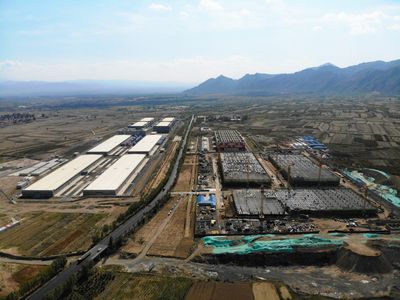The Production of Cloud
Territorial and Architectural Strategies for AI’s Socio-Environmental Footprint
How can planet-spanning and resource-hungry cloud infrastructure be designed, planned, and governed in more equitable and sustainable ways?
The explosive growth of AI and its hunger for resource are profoundly reshaping our digital and physical territories. While cloud facilities like data centres are projected to triple by 2030—already consuming significant energy globally—their socio-environmental impacts remain inequitably distributed and understudied, obscured by the metaphor of an immaterial “cloud.”
Despite escalating challenges from soaring energy/water use and e-waste to community disruption, existing theories, design paradigms, and governance models concerning the cloud are dangerously outpaced by the rapid expansion.
This project aims to reveal the spatial impacts of AI’s cloud, and investigate how thoughtful territorial and architectural strategies can transform the cloud production from an invisible and extraction-driven system, towards an integrated, adaptable, and publicly beneficial civic asset.
Our international, pluri-disciplinary team will derive empirical insights from three contrasting cloud production models: Zurich, Switzerland (urban core, consensus governance, NIMBYism); Northern Virginia, USA (peri-urban sprawl, market-driven, community backlash); and Zhangjiakou, China (rural periphery, state-led planning, depopulation). Through a robust methodology integrating review, mapping, fieldwork, and design-research prototyping, we aim to contribute globally relevant yet locally specific solutions for cloud development.
The project will reconceptualise “the production of cloud” as a material, planetary, and uneven urbanisation process; deliver multi-scalar and adaptive-reuse design strategies for cloud facilities; and propose policy tools that enhance socio-environmental equity.
Findings will be disseminated via open-access publications, a design manual with policy briefs, a public symposium with exhibition, and ETH teaching modules, fostering public awareness and professional capacity for a more sustainable digital future.


